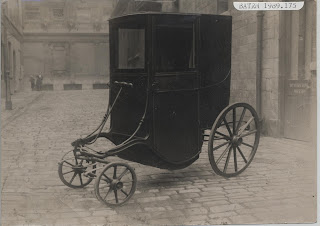Unlike the rest of Bath we in the Collections team breathe a
sigh of relief when Christmas approaches: it means quieter days when the phone
doesn’t ring, less emails come through the enquiries box, when half or more of
our colleagues are away and even the buskers seem to be quieter: perhaps they
are Christmas shopping as well.
The Baths are quieter (and in the early morning the Great
Bath is wonderfully steamy); so we can do some of the glamorous parts of our
job with impunity; dusting the inscriptions and models, checking silica gel in
the cases (this is a dessicant which ensures that despite being damp outside, our cases stay dry and this protects all the metal objects) and checking the Roman monument. We look forward to having a chance to do this
during the dark January mornings and evenings.
With more than 36 volunteers
and 5 placements working with us this year, its inevitable some mistakes are
made: records have been left incomplete, things have ended up in the wrong boxes…..
On this year’s "to do" list is location checking: which is
just like stocktaking in a shop: checking that objects are where the database
says they are and that they’re in good condition. We’ve started with photographs which were
mainly taken by previous marketing teams.
 |
| Checking photographs is always fun, you never know what will turn up! An early photo of Swallow Street with sedan/bathchair hybrid and the Roman Baths in the background |
We’ll be checking weights of the Beau Street Hoard coins
ready for full publication of the coins to be published next year.
 |
| Verity's desk all ready (?) for Christmas |
And we have a chance to review and plan for the new year. As a Museum Accredited with Arts Council
England, we have a documentation plan that lists all the recording we have to
do. With over 64,000 records on our database,
there’s only about 10,000 more objects to go!
A lot of this work will be done by volunteers so each object to be
documented has to have its paperwork and history is ready for them.
So whilst you're munching on your mince pies, think of us ...
But we're looking forward to welcoming back our volunteers in mid January (a Collections Team is for life not just for Christmas)
Verity & Susan

















